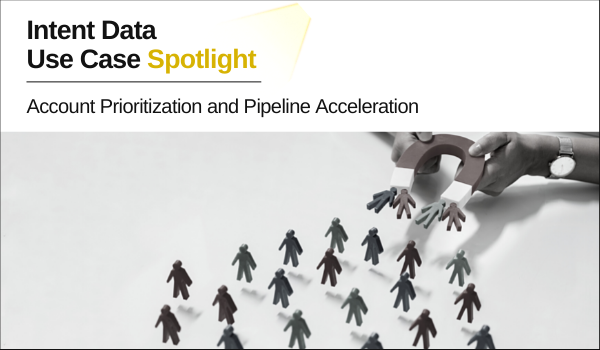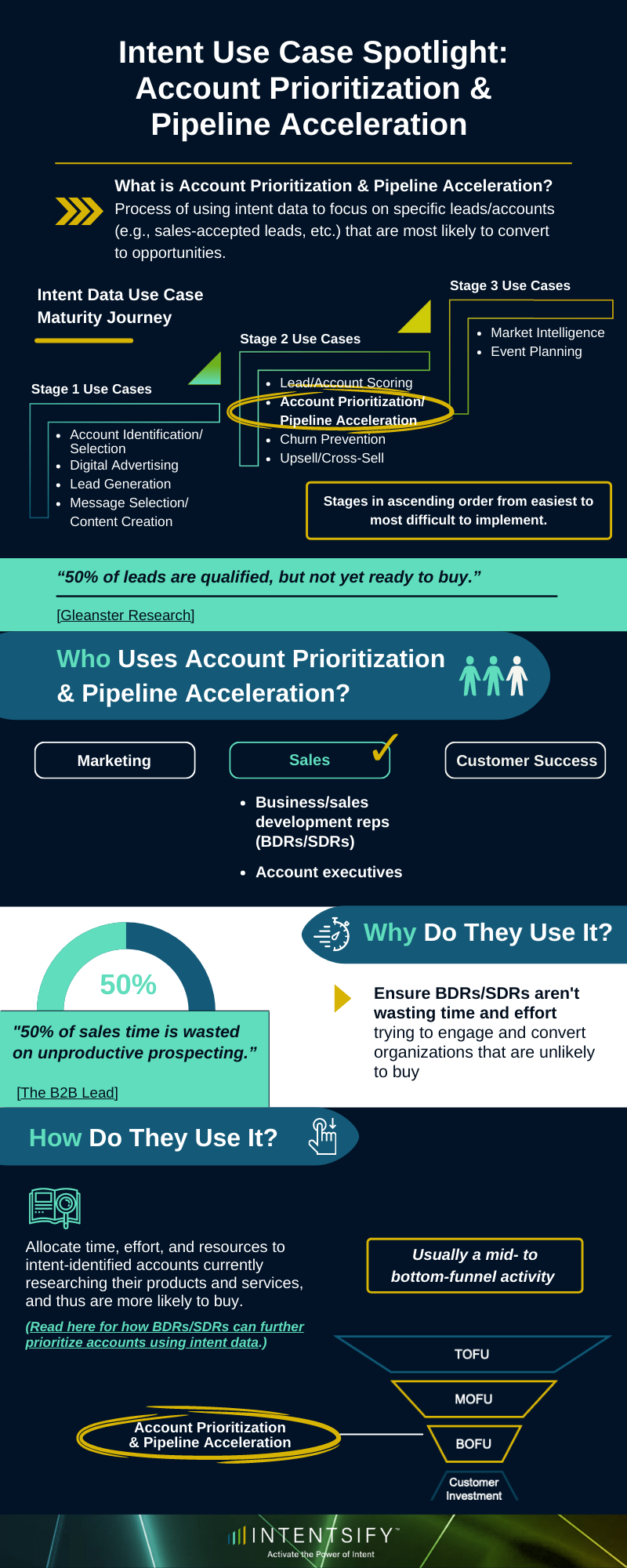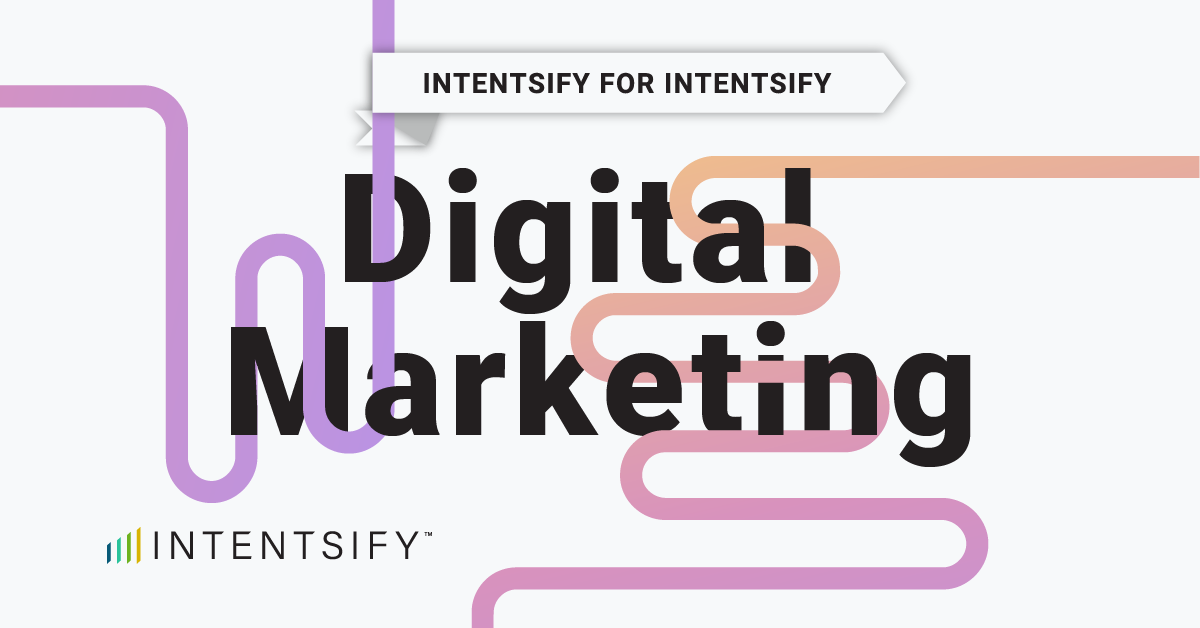Since joining Intentsify a year and a half ago, I’ve written a lot about intent data’s value as it pertains to B2B marketing teams, specifically, since they’re usually the ones who identify the need for intent initially and drive its adoption throughout their organizations. And as a B2B marketer myself, who has experienced similar pain points to those of our customers around data actionability, I can go on about the many benefits intent data brings to marketing…but what about sales?
When I launched this infographic series on popular intent data use cases last month, the plan was to start with top-of-funnel activities (owned by marketing) and work my way down to bottom-funnel (owned by customer success)—kicking off with ‘Account Identification and Selection.’ But when you’re on a smaller team (like me), the line of what’s considered a ‘marketing task’ vs ‘sales task’ starts to blur.
So, in no logical order, this next infographic of the series will focus on an intent use case traditionally owned by sales: ‘Account Prioritization and Pipeline Acceleration’—the process of using intent data to focus on specific leads/accounts (e.g., sales-accepted leads, etc.) that are most likely to convert to opportunities. This includes using intent insights to:
- Allocate time, effort, and resources to intent-identified accounts currently researching your products and services; and
- Understand where your target accounts are in their buyer’s journeys (and leads among these accounts) to further customize follow-up messaging.







